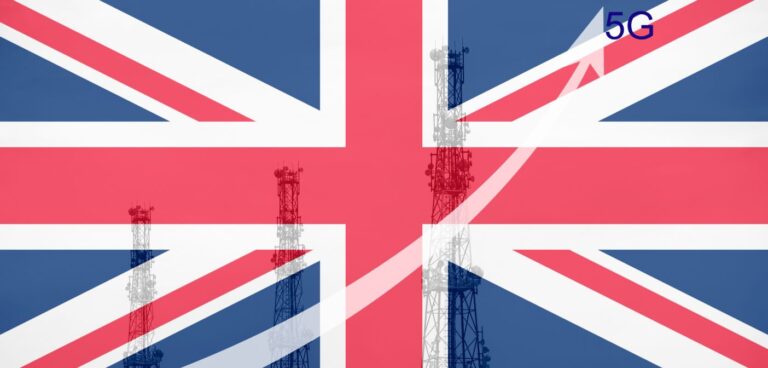Street lights, bus shelters and traffic lights will host more mobile network equipment to help boost mobile coverage as part of a scheme to cut red tape and install more 4G and 5G kit.
Eight winning projects will receive a share from the £4m Digital Connectivity Infrastructure Accelerator (DCIA) to explore how digital software can help simplify local authority processes when telecoms operators request access to publicly-owned buildings and kerbside infrastructure.
Street furniture such as road signs and CCTV poles can be used to improve 4G coverage but they are also integral to the rollout of 5G, which requires a larger number of smaller ‘cell sites’ – where antennas and other telecoms equipment are placed to form a network – to ensure coverage and to meet demand for connectivity.
However, telecoms firms can often find it difficult and time consuming to acquire the information needed to verify a structure is suitable for hosting network equipment – such as its location, physical dimensions, proximity to the street or access to a power source – which is slowing down the pace of deployment.
In response, the UK government will invest in piloting the latest innovations in digital asset management platforms. The software should enable local councils to more easily share data mobile companies need to accelerate their rollout plans and deliver the benefits of 4G and 5G to people and businesses.
UK digital infrastructure minister Julia Lopez said: “Everyone gets frustrated when their mobile signal is poor, particularly when patchy coverage holds up important work and social calls and makes it harder to do stuff online. That is why we are determined to get the UK the connectivity it needs by rolling out better mobile coverage as quickly as possible.
“Currently, mobile companies are finding it difficult to get the data they need to check that a lamppost, bus shelter or public building is suitable for hosting their kit. These eight pilots will help solve this by modernising the way local authorities and operators work together in a way that ultimately delivers faster, more reliable mobile coverage for millions of people.”
5G offers download speeds up to 100 times that of 4G, making mobile phones faster and able to process ever larger amounts of data. It is also expected to broaden the role that mobile technology plays in wider society by enabling thousands more ‘smart’ devices on the street that connect to the internet and each other.
According to the UK 5G Innovation Network, this could pave the way for new virtual and augmented reality services and help drive the take-up of innovations such as autonomous cars and remote healthcare technologies. It could also transform the way public services are delivered – such as energy and transport – by allowing greater real-time monitoring and responsiveness in order to reduce waste, pollution or congestion.
The project means communities in 44 local authority areas can expect to benefit from faster and more reliable mobile coverage sooner. It could also mean there is less need for new masts, which can often take longer to build and set up. If successful, the technology could be rolled out to local authorities across the UK.
The project winners are based across England and Scotland as part of the government’s mission to level up access to fast and reliable connectivity. Areas to benefit from the pilots include Angus, Dundee, Fife, Perth and Kinross in Scotland, as well as Tyneside, Sunderland, Dudley, Wolverhampton, Somerset, Dorset and several other areas across England.





